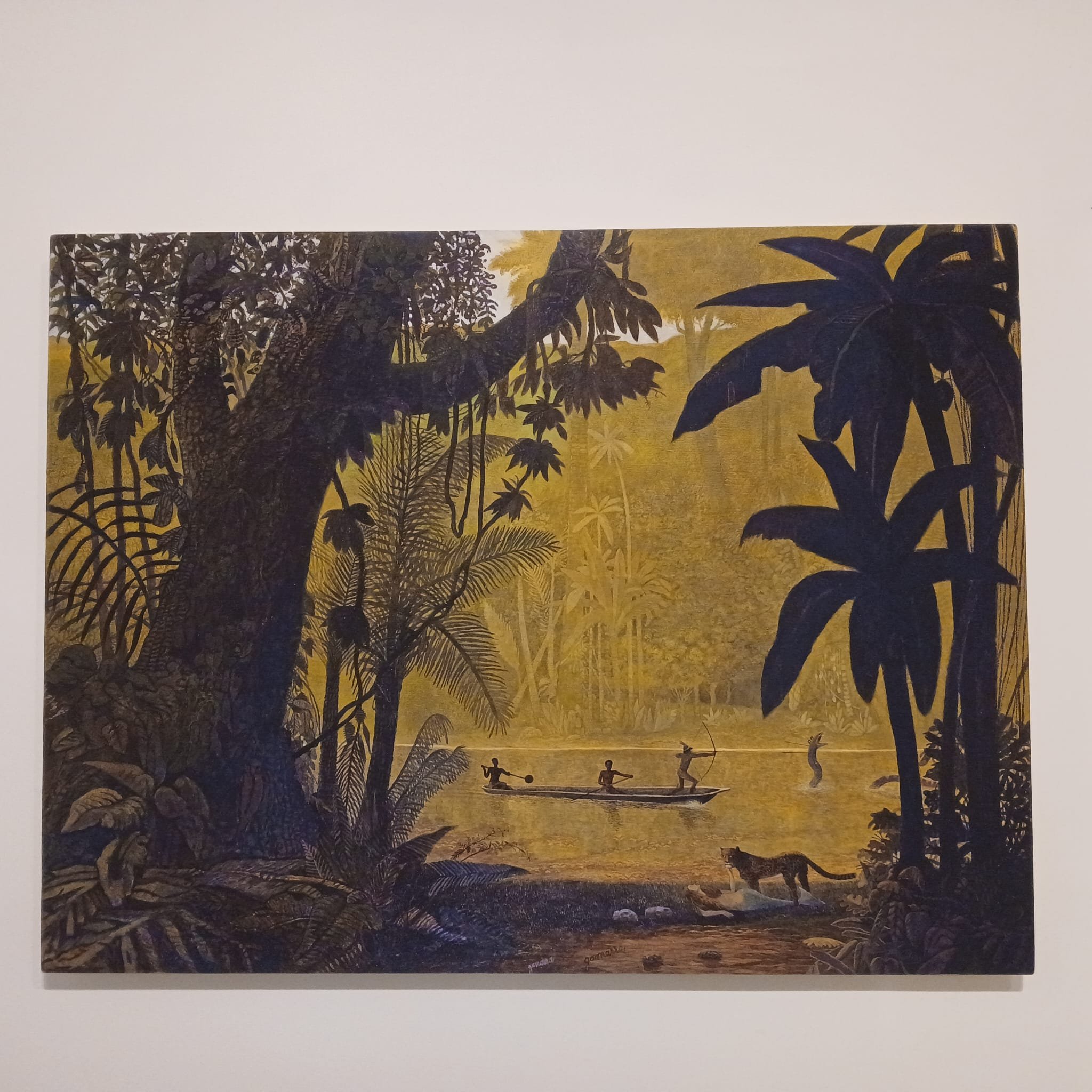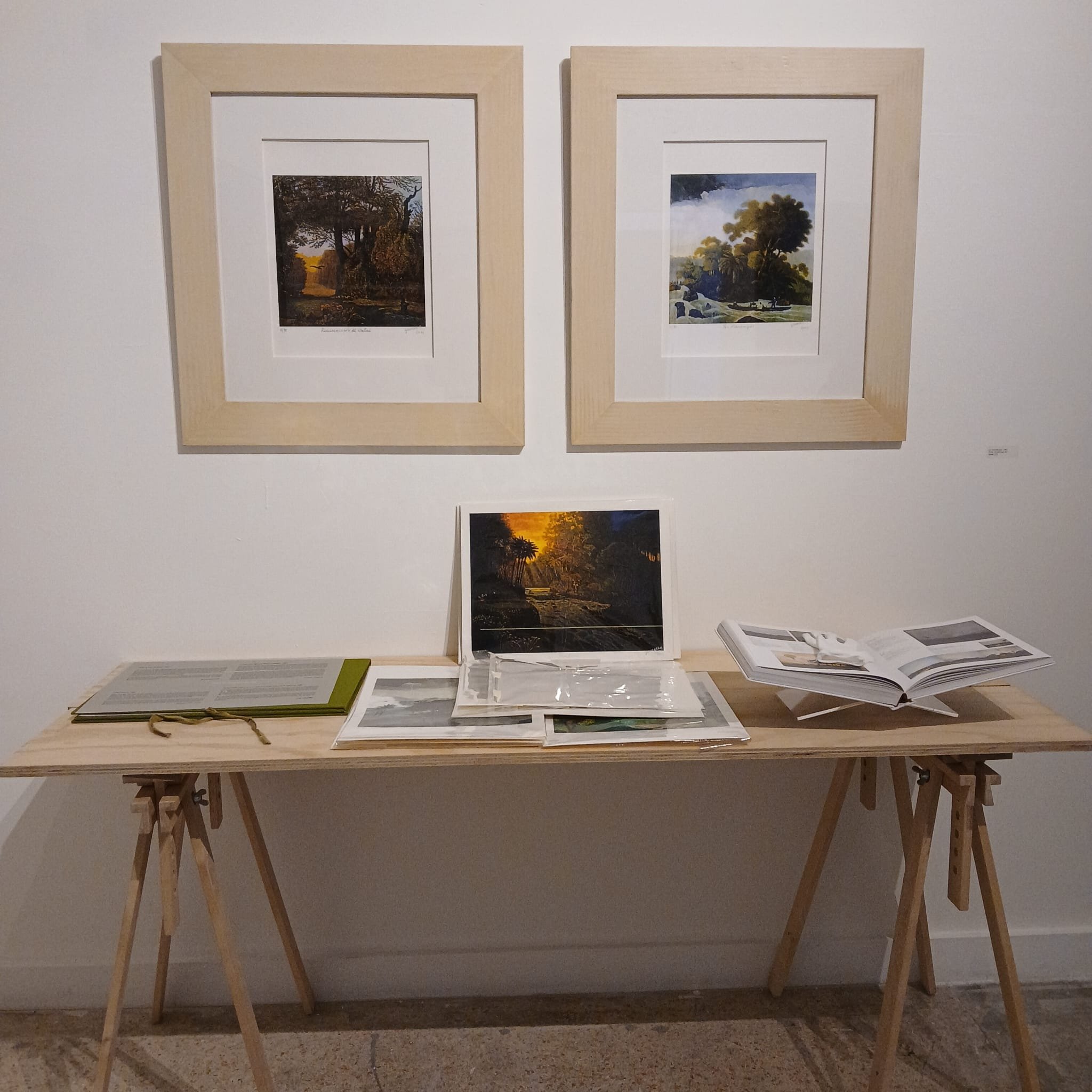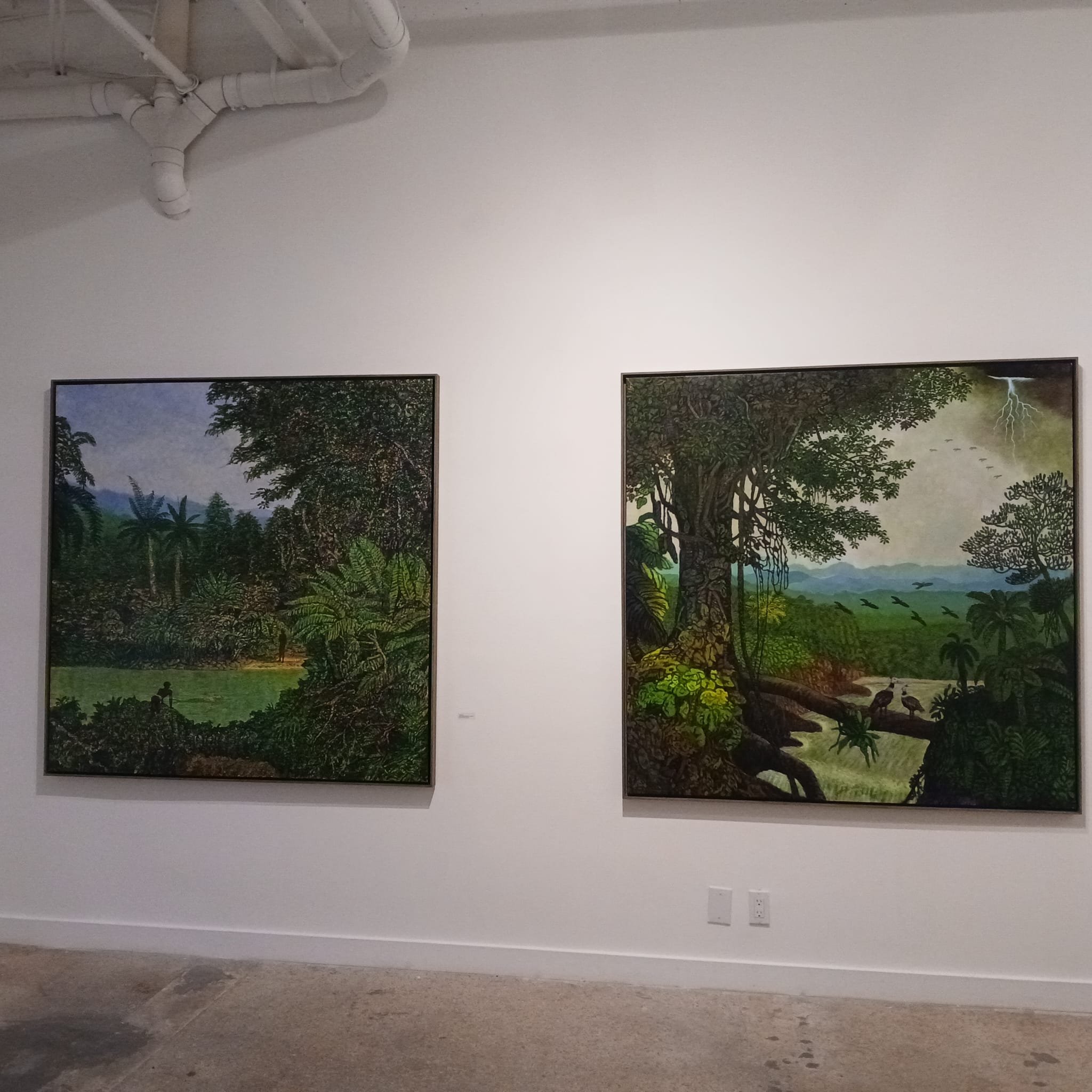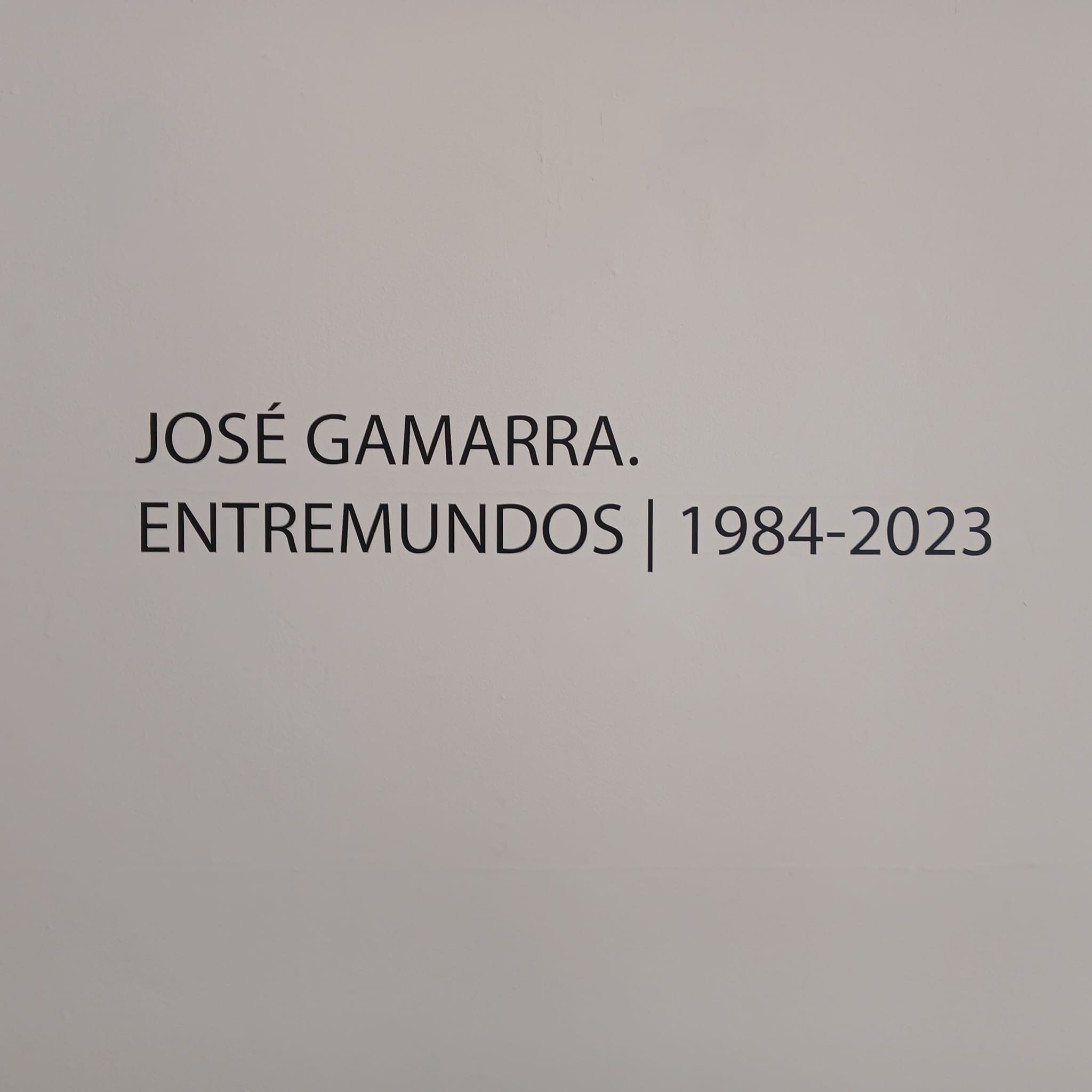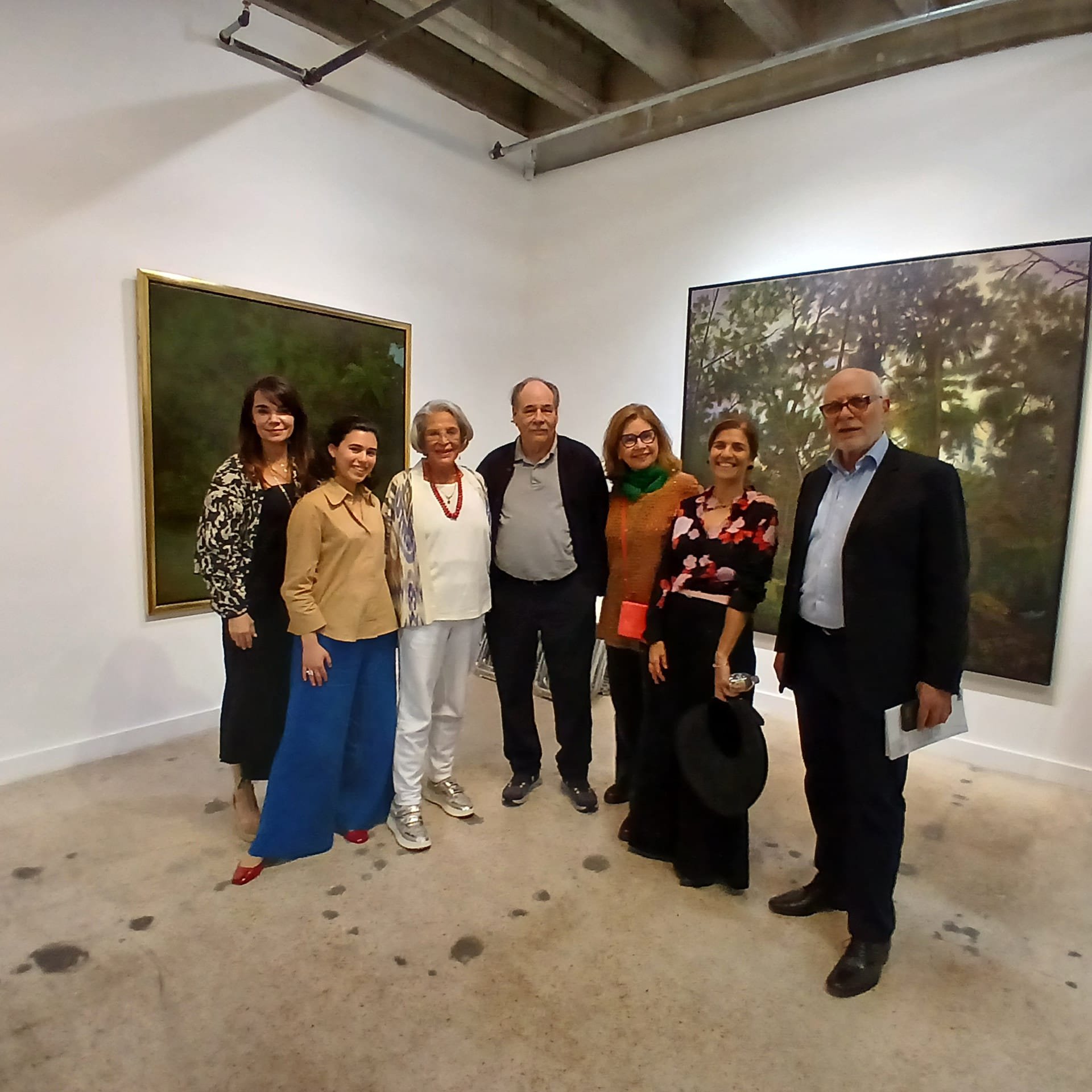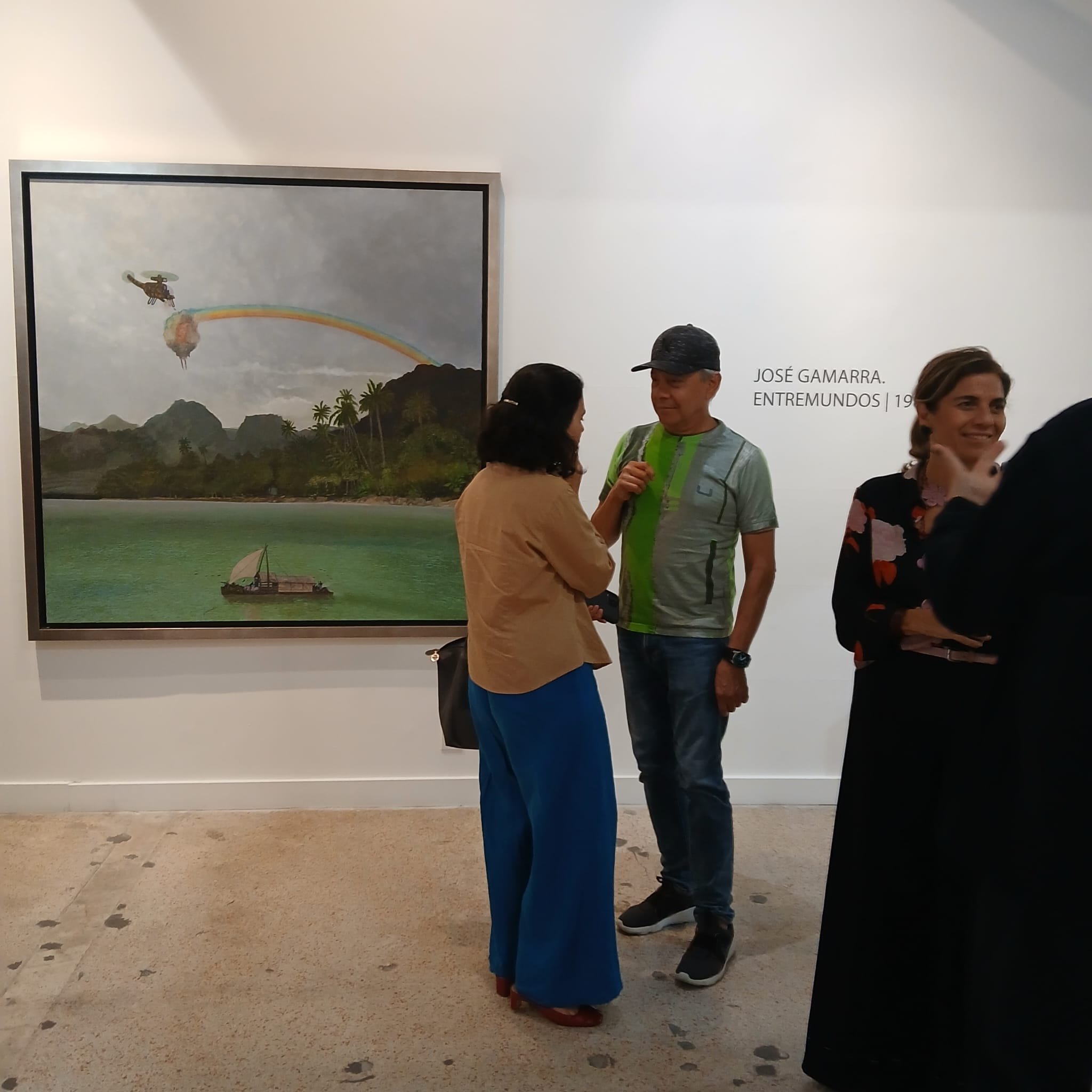José Gamarra
Entre Mundos 1983-2023
PAST EXHIBITION
A collaboration between META Miami and the Consulate General of Uruguay in Miami
The most distinctive trait of Gamarra’s works is the precision of his brush strokes. An example is his outstanding skill in sumptuously depicting minute details, such as a leaf's dented pattern – even the nervures –. The artist uses oil mixed with resins, glue, and vinyl. His studio serves as his laboratory, not only because he loves to experiment with new pigment mixtures but also due to all the items collected and investigations made about the Latin American continent. He is like a scientist discovering new species and taxonomies.
“Gamarra’s work makes us reflect on the notion of identity. Symbols and myths are in perpetual mutation. Two worlds confront each other: on the one hand, nature, where the white horse prances, a symbol of freedom; on the other hand, the different powers that found the structure of the world: money, profit, possession, and political power, synonyms of threats and aggressions. Gamarra’s painting is a hymn to freedom” (Garance Cappatti, on the artist's work)
The persistence of the past within the present is the witness to an ever-changing identity. Cultural identity is marked by influences, crossbreeding, technical and scientific hybridization, and occasionally violent intrusions into its history, individual, or country’s subjectivity.
The landscape in Gamarra evokes a wide range of historical periods. The jungle reveals different cultural influences and the clash of civilizations. As if by magic, small characters appear amid an entanglement of creeping vines, leaves, and giant, luxuriant trees. These are the characters/witnesses of past times and a story still signaled by cruelty: Latin America has suffered from many colonization.
In 1985, poet Edouard Glissant described the structure of the work of Uruguayan painter Gamarra: “His symbolic language is in line with deep-rooted laws: the blend of the past with the present; of the organic with the industrial; of the underground with the aerial elements. Thus, we discover the blood-petroleum; the beast-uterus; the angel-helicopter; the ship-gullet; the snake-parachute. All the components of the long, tragic story of the South American continent are present, amid chasing dogs and bombs, deadly as the mineral mines.”
META Miami
“Two worlds confront each other: on the one hand, nature, where the white horse prances, symbol of freedom, on the other hand, the different powers that found the structure of the world”
Garance Cappatti
ABOUT JOSÉ GAMARRA
Gamarra was born on February 12, 1934, in Tacuarembó (Uruguay).
In 1959, he obtained the Itamarati scholarship from the Ministry of Foreign Affairs of Brazil to study engraving with Johnny Friedlander at the Museum of Modern Art in Rio de Janeiro and the Institute of Fine Arts in Praia Vermelha with Iberé Camargo. In 1961, he settled in São Paulo for two years as Professor of Painting at the Art School of the Penteado Foundation. In 1962, he participated in the III Biennial of Young Painters of Montevideo, and in the III Biennial of Young Painters of Paris, he obtained the “Painting Prize”; the French government granted him a scholarship. In 1963, he arrived in Paris and decided to settle in France. Settled in France, he began with oil paintings of landscapes in the Amazon jungle.
His works are in collections in the most prestigious museums. He is one of the few Uruguayan artists with works in the Metropolitan Museum of Art, New York, the MoMA, the Museum of Modern Art, Paris, the Museum of Modern Art, and the Museum of Modern Art of Buenos Aires, among others.


